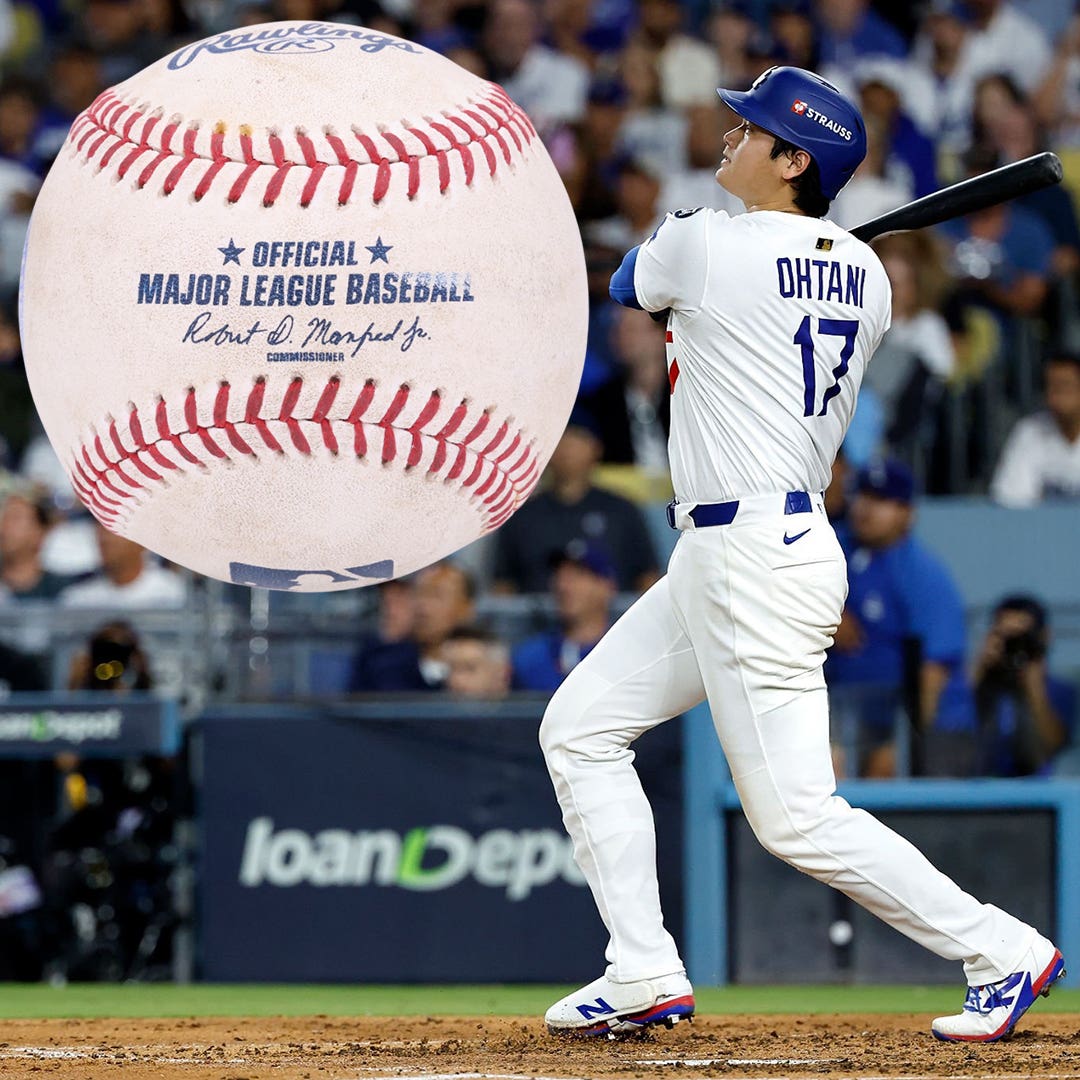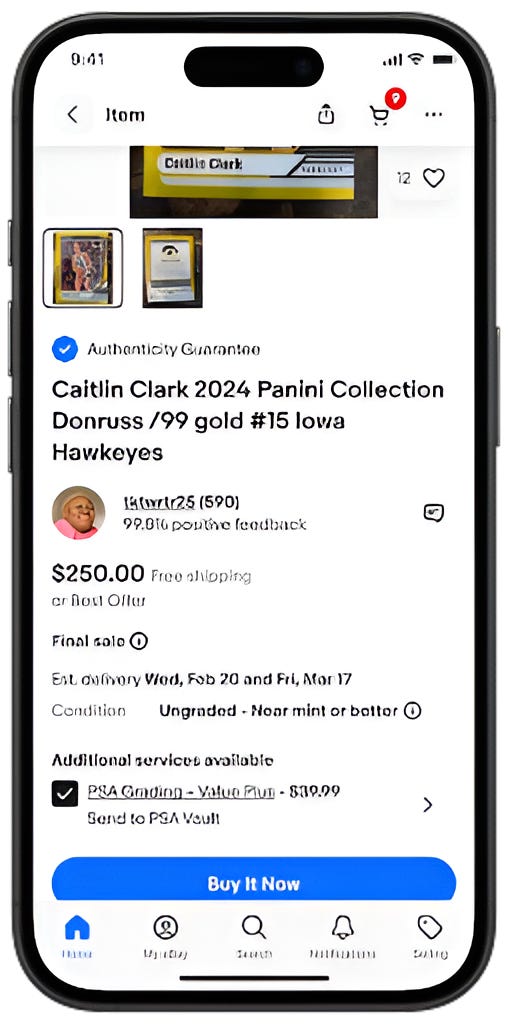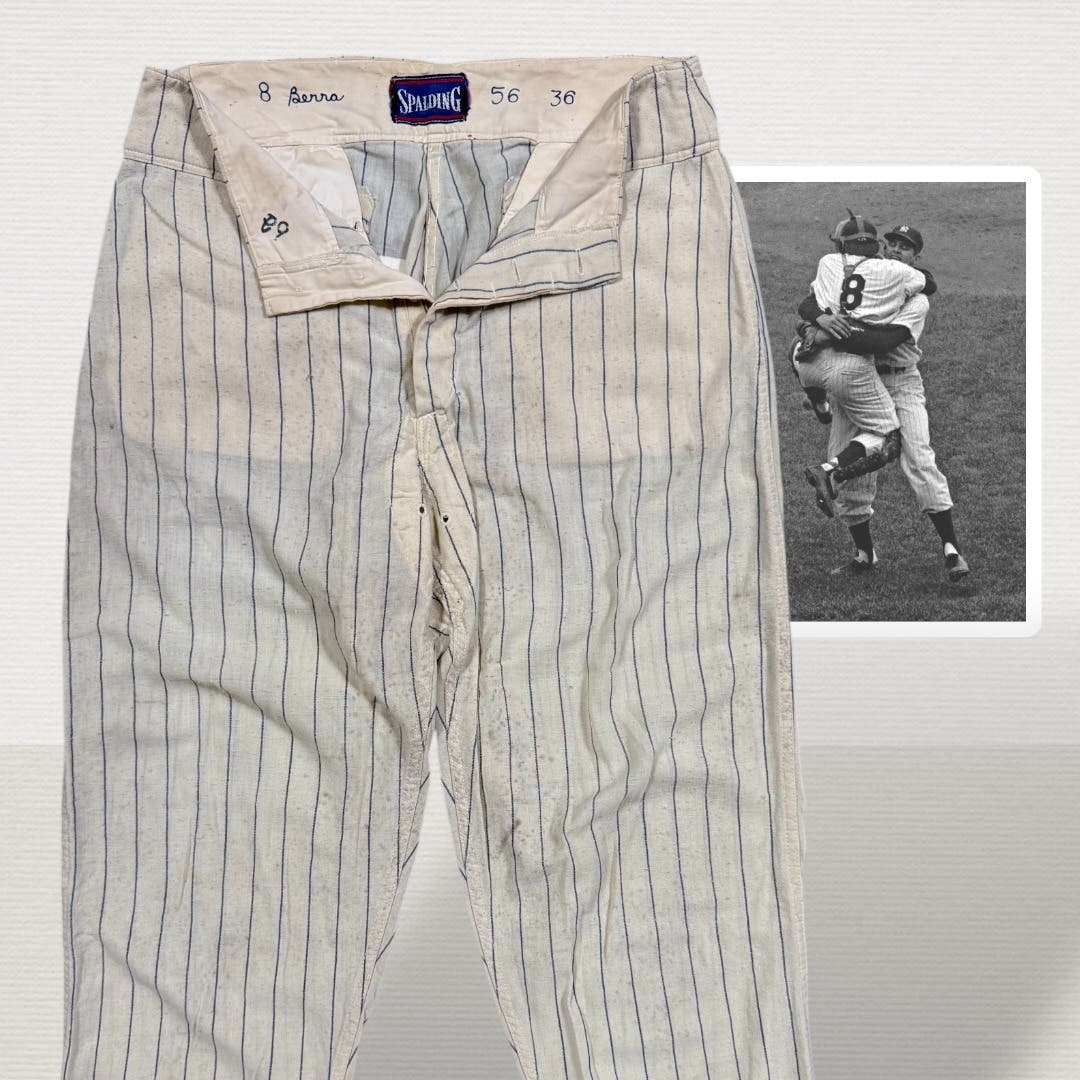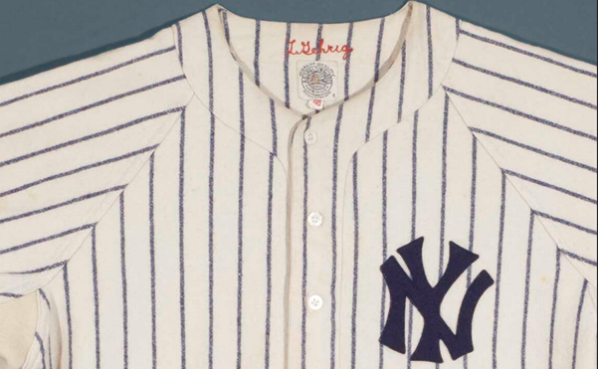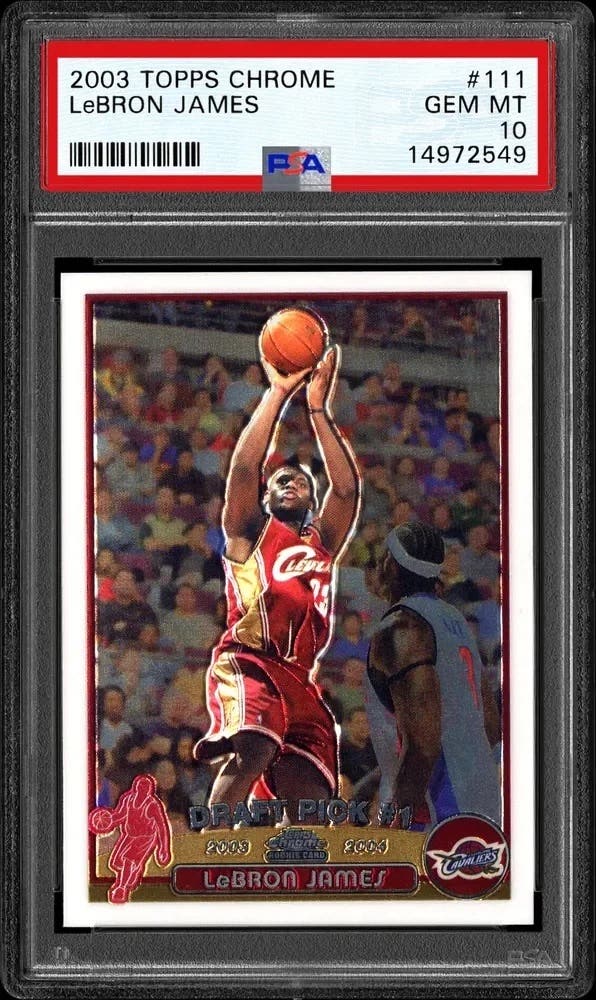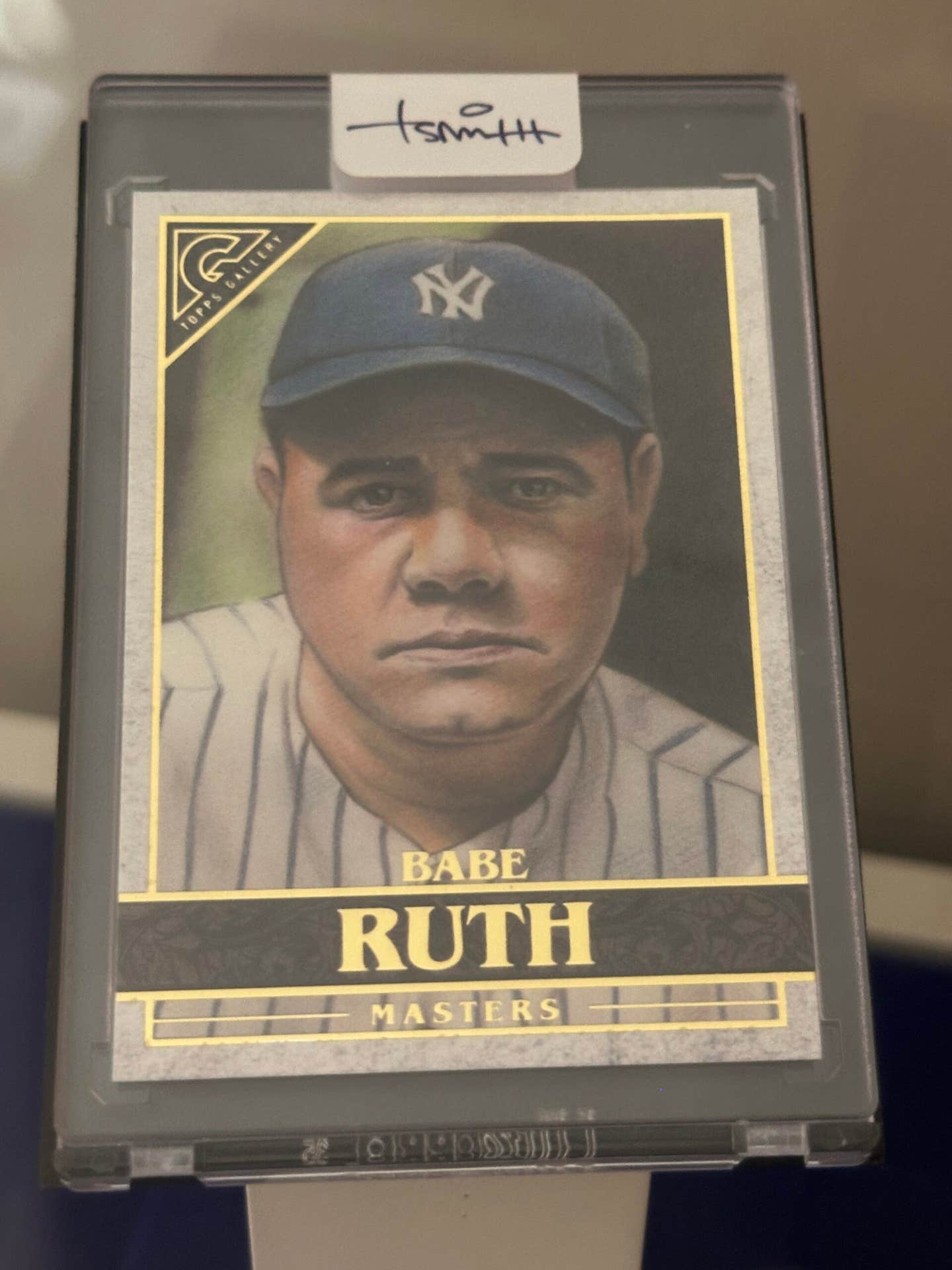Profiles
Stan Bahnsen reflects on pitching, his playing days
Stan Bahnsen made his major league debut in 1966, collecting a 1-1 pitching record in four games (three starts) for the New York Yankees. He pitched in the minors in 1967, and then returned to the Yankees – and the majors – for good in 1968.
“It was great coming up through that organization, being around all of those huge names in spring training, like Mickey,” said Bahnsen, a right-handed pitcher. “It was an exciting time, and Yankee Stadium was an exciting place to play. I was glad I was there, even though there was a lot of pressure on you in New York. That’s why coming to Chicago in 1972 was more relaxed, more laid-back.
“Actually, I enjoyed everywhere I played, even Montreal – where we had really good teams there, and we drew over 2 million fans every year.”
Bahnsen’s major league career ran through 1982, playing for the Yankees, White Sox, Oakland A’s, Montreal Expos, California Angels and Philadelphia Phillies. He compiled a 146-149 lifetime record, with a 3.60 ERA, 16 shutouts and 20 saves. He had 1,359 career strikeouts.
“I was a pretty solid No. 2 or No. 3 starter. I could pitch a lot of innings. If I had a little more rest between starts, I probably would have had better numbers,” said Bahnsen, born in Council Bluffs, Iowa. “I liked to pitch. I didn’t like to sit around. I was durable, someone good to have on the team in terms of innings pitched. I lasted into the sixth, seventh or eighth-inning all of the time. There were a lot of days that, well, I probably shouldn’t have pitched. Things were bothering me physically, but I still pitched nonetheless. When you had only one-year contracts, which was common back then, you pitched, even if injured.”
Bahnsen earned American League Rookie of the Year accolades in 1968 with a 17-12 record. He appeared in 37 games that season, starting 34, and pitched 10 complete games. He struck out a career-high 162 batters and compiled a team-best 2.05 ERA.
With the White Sox in 1972, Bahnsen had his only 20-win season, going 21-16.
“When I came up with Yankees, I was a power pitcher,” he said. “Then, when I went to Chicago, Wilbur Wood was there, and he insisted on pitching with only two days of rest. So there were times when I, too, pitched on only two days of rest. I could tell I did not have my good stuff a lot of times, but still pitched.
“Wilbur had a great knuckleball, and I really loved playing in Chicago. That was my favorite city to play in of all. I’m from Iowa, so I felt more at home playing in Chicago than anywhere else.”
Bahnsen and Wood were the workhorses for pitching coach Johnny Sain.
“Sain believed that pitcher’s got in condition by pitching or throwing on the side. He believed in changing speeds and locating the ball. He could improve anyone’s curveball,” Bahnsen said. “I had some good coaches during my career, such as Wes Stock. I was very fortunate to work with some great pitching coaches. Jim Brewer was in Montreal when I was there. Everyone had slightly different ideas, and that’s what made them successful.”
Bahnsen pitched in 55 games for the Expos in 1979, starting none, followed by a career-high 57 games the following season.
“I don’t think anything compares with baseball; it’s the greatest way to make a living in the world,” Bahnsen said. “It’s a tremendous living today if you’re a major league player. Sure, we made OK money back in the day, but today, the salaries have really taken an incredible jump.
“I’m amazed how much they pay players now. They are getting big salaries, but are not putting up big statistics. In my era, you had to put up numbers for a few years to make any money; you really had to be consistent. The players now have no control over the salaries. It’s the owners who control the salaries. The players just go to where the highest salaries are.
“I know a lot of managers and coaches still in the game, and I talk to them,” Bahnsen continued. “But it’s almost like the players have so much power now. It’s different from when I played. I’m sure there isn’t as much camaraderie as there used to be. The actual game, though, hasn’t really changed.”
Bahnsen, 63, lives in South Florida.
“I watch games now, and I appreciate what pitchers are trying to do,” he said. “I just wonder and shake my head at times, questioning why a certain pitcher never changes speed. Everyone had a slider when I pitched, but not anymore, or so it seems.”
Bahnsen is now “semi-retired,” though he helps coordinate sports-themed cruises with cruise line MSC Cruises. He usually works with retired players, such as Fergie Jenkins, Billy Williams, Gary Peters, Jeff Torborg, Greg Luzinski, Glenn Beckert, Randy Hundley and others. Bahnsen has five or six former players per cruise, and there are baseball clinics, seminars, story-telling sessions, question-and-answer rounds and free autograph sessions.
“It’s a nice getaway for baseball fans, usually in the winter,” Bahnsen said.
Bahnsen has been a regular on the card show circuit for several years, appearing at the National Sports Collectors Convention in Cleveland in 2007.
“Being a Rookie of the Year and a 20-game winner, there are a lot of people who collect memorabilia related to those feats,” he said. “I get mail every day of the year, still . . . and I haven’t played since 1982.
“It’s a great hobby and, sure, you can make money in the hobby. Just look at eBay. I’m a little amazed at how big of a business sports memorabilia is. Still, I think it’s good for a kid to get involved with the hobby.”
Bahnsen said he still signs by mail today, but it might take a while.
“I let it pile up for a few months, and then I go through it,” he said. “It’s nice that people still remember you.”
Bahnsen’s memorabilia collection includes three Mantle-signed baseballs. However, he does not have any Roger Maris autographs.
“I had Yankees team-signed baseballs, including Maris, but I don’t know where they’re at now,” he said.
He also has autographs from Whitey Ford, Elston Howard, Bobby Richardson, Joe Pepitone and other players.
Bahnsen made his cardboard debut in 1967, No. 93.
“I don’t like the picture on half of my cards,” he laughed. “Occasionally, I’ll get pictures that I hadn’t seen before, especially at card shows, publications as well. I’m proud to have played as long as I did.”



